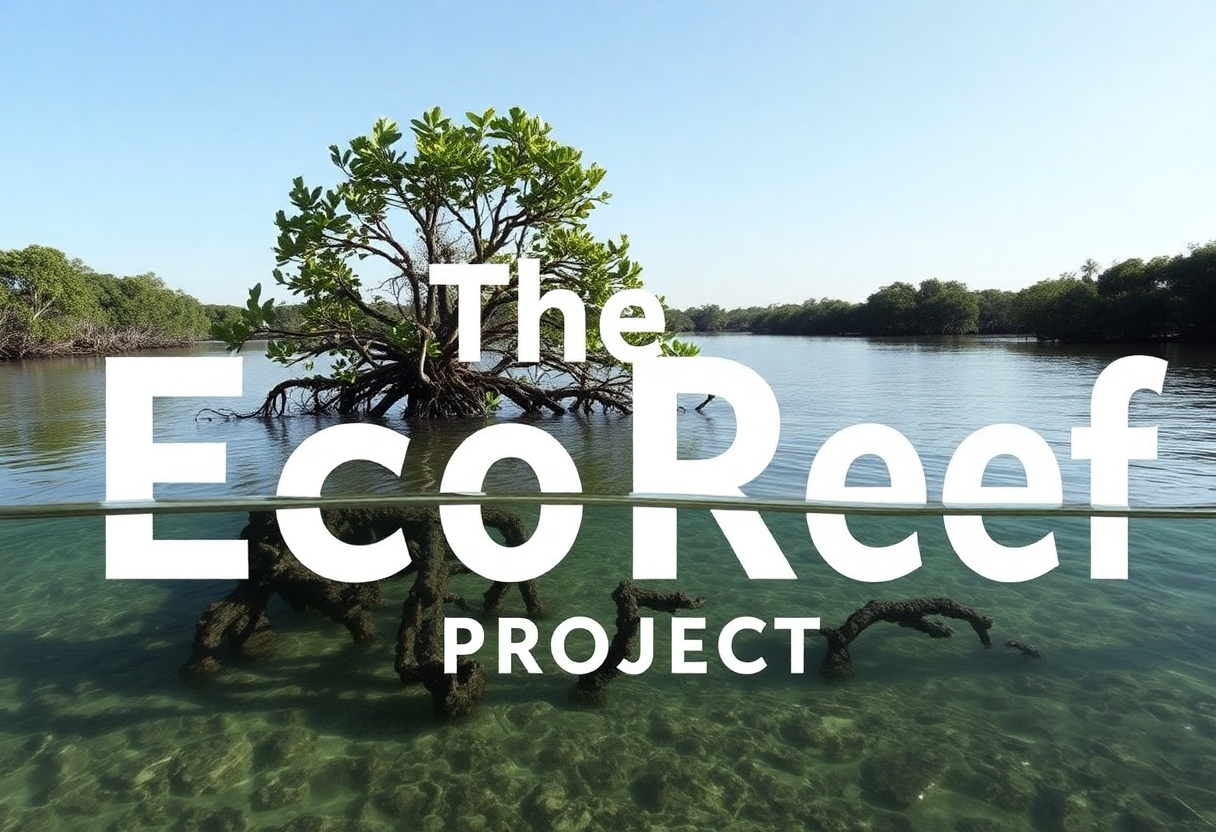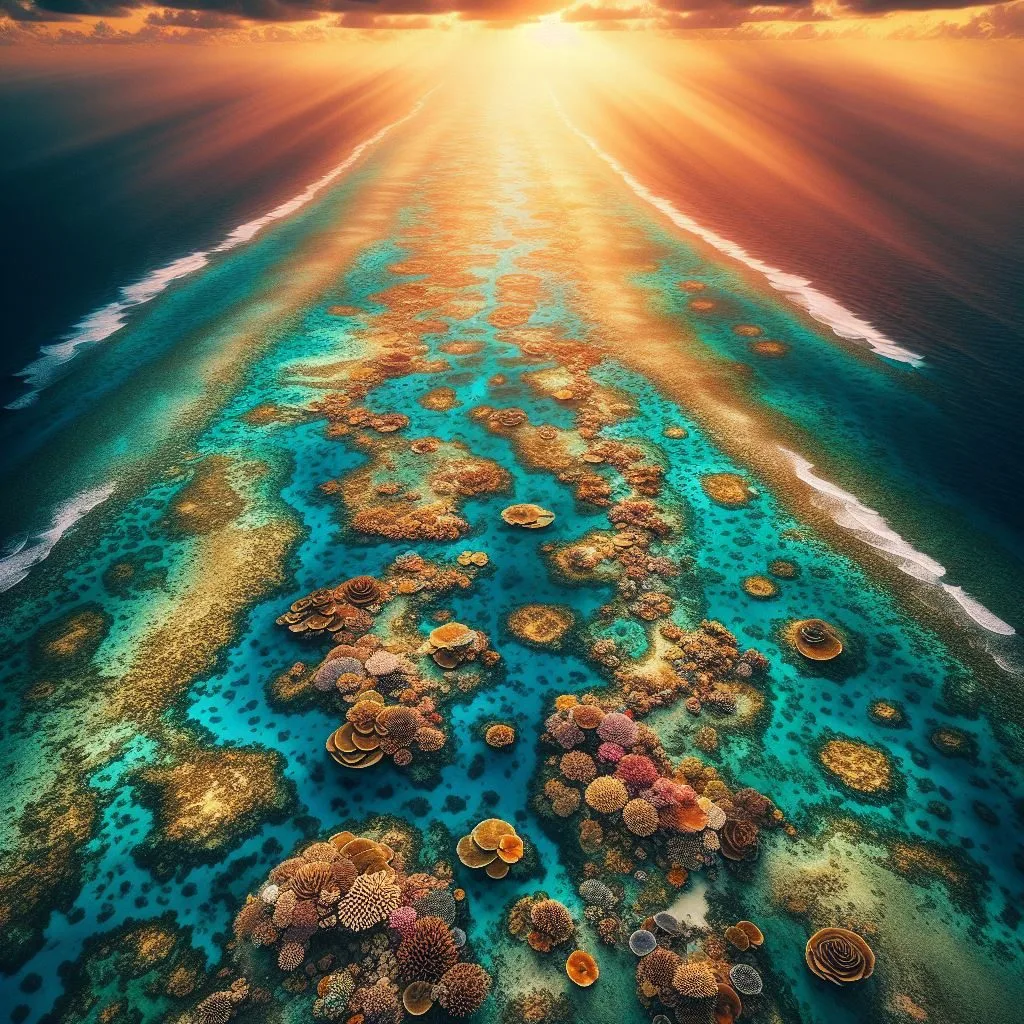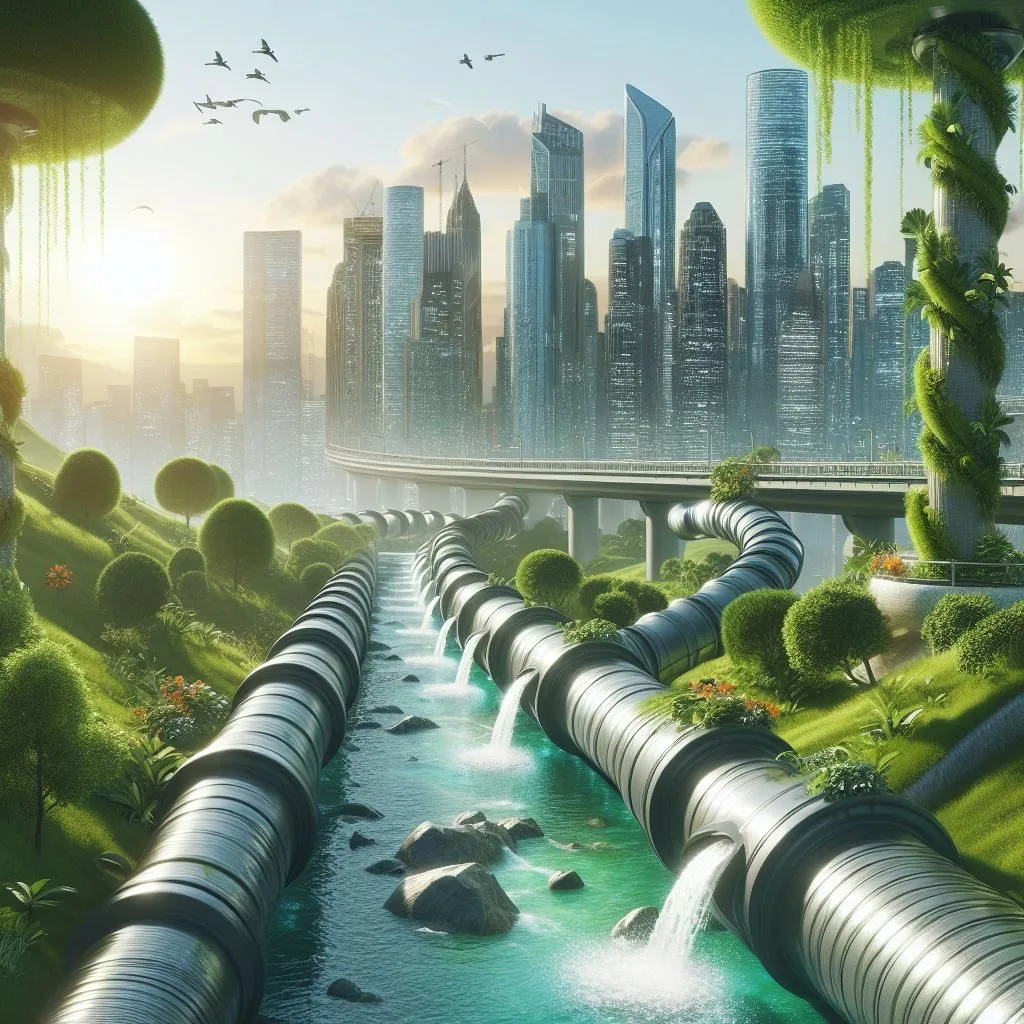Being Near Water Environments Boosts Well-Being

The Healing Power Of Water From nature
Introduction
Imagine sitting by a tranquil lake, listening to the rhythmic lapping of water against the shore. Or perhaps you’re gazing at the vastness of the ocean, feeling the salty breeze on your skin. These moments aren’t just pleasant; they have a profound impact on our mental health. Science reveals that being around water can enhance our well-being, reduce stress, and promote lasting happiness. Let’s dive into the reasons why water is our silent healer.
The Neurochemical Symphony
Immediate Response: Our brains react instantly to the sight and sound of water. Neurochemicals flood our system, promoting wellness, increasing blood flow to the brain and heart, and inducing relaxation. It’s as if our minds recognize water as an ancient friend, soothing and calming us.
Awe and Expansion: Being near water evokes awe—a sense of something greater than ourselves. Whether it’s a serene lake or the crashing waves of the sea, water expands our minds. It reminds us that we are part of a vast, interconnected universe.
Sensory Soothing: The sensory experiences of water—its sound, smell, and sight—have a profound impact. The gentle lapping of waves, the salty sea air, and the cool touch of water on our skin create a soothing symphony for our senses.
Blue Spaces vs. Green Spaces
Blue Spaces: Researchers coined the term “blue spaces” to describe the positive effects of being near water. These spaces—whether oceans, lakes, or rivers—offer higher benefits than green spaces in terms of inducing positive mood and reducing stress. The color blue itself has a calming effect on our minds.
Green Spaces: While green spaces (forests, parks, and gardens) are essential, blue spaces seem to have a unique impact. Perhaps it’s the dynamic nature of water—the way it moves, changes colors, and reflects light—that captures our attention and holds it.
Urban Water Counts Too
Accessible Urban Water: You don’t need to live by the ocean to reap the benefits. Urban water sources—rivers, canals, fountains, pools, and even bathtubs—count. The sound of a nearby fountain or a stroll along a canal can evoke the same calming response.
Virtual Exposure: If physical access to water is a challenge, fret not. Listening to water sounds or watching videos of water can still provide benefits. Even a few minutes a day can make a real difference in our mental state.
Nature’s Prescription
Beyond Therapy and Medication: While nature isn’t a substitute for therapy or medication, it’s a surprisingly effective way to feel calmer. Incorporating water into our daily lives—whether through visits, sounds, or visual exposure—can be a powerful mental health strategy.
Two Hours a Week: The prescription is simple: spend time near water. Just two hours a week can significantly impact our well-being. Whether it’s a leisurely walk by the river or a quiet moment by a fountain, these small doses add up.
Conclusion
Our minds find solace in water—the ebb and flow, the vastness, and the timeless rhythm. So, next time you’re near a body of water, take a deep breath. Let its healing embrace wash over you, knowing that this simple act is nurturing your mind and soul.












